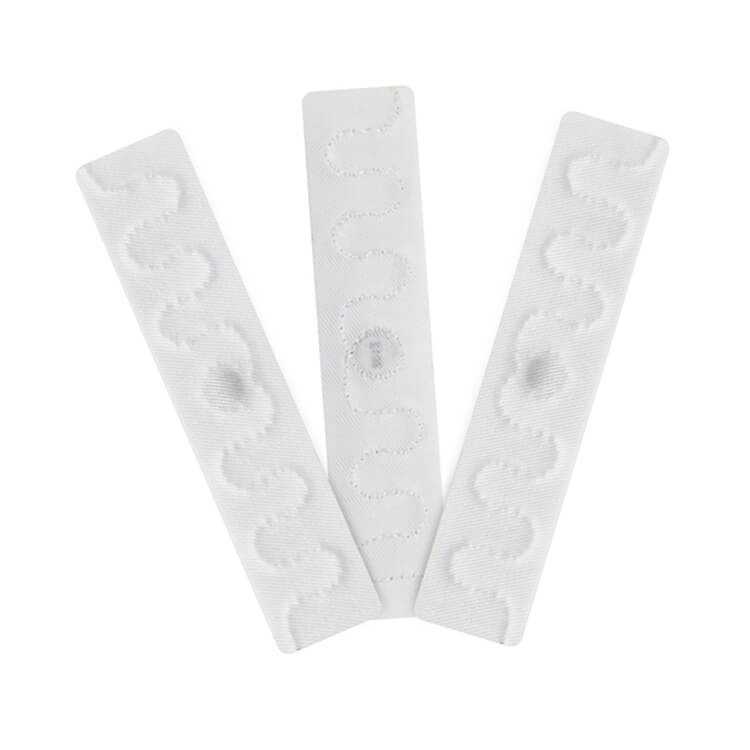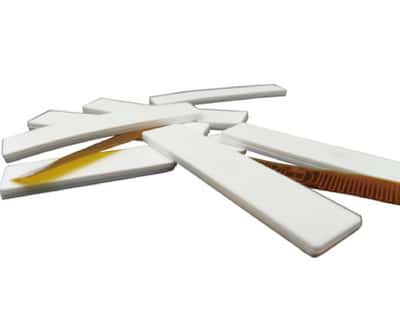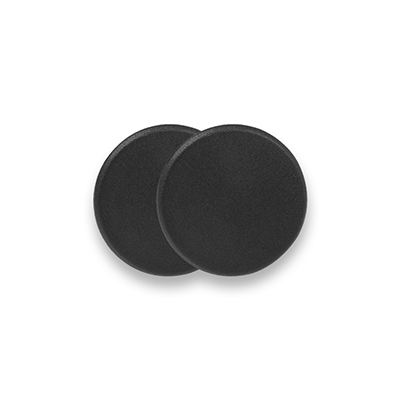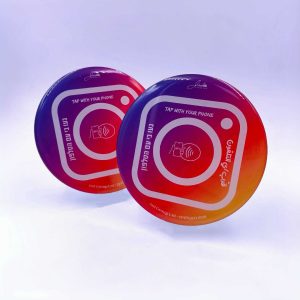RFID technology transmits data between an RFID tag and a reader via radio waves. The tag’s read distance is determined by its frequency, which also influences its functionality.
Low Frequency (LF), High Frequency (HF), and Ultra High Frequency (UHF) are the three primary frequencies used in RFID devices (UHF).
However, what is the distinction between these frequencies?
Well, each frequency behaves differently when used with RFID devices. Consequently, you should select a tag with the optimal frequency for your intended functions.
This article lists the characteristics, benefits, and drawbacks of each frequency for your consideration.
What exactly is Frequency?
Frequency is the number of waves that pass through a stationary object in a given amount of time. For instance, if it takes a wave half a second to pass through an object, the frequency will be two waves per second.
The greater the frequency, the greater the number of waves that pass through a specific object in a given period of time (usually per second).
The unit used to measure frequency is the Hertz (Hz), which represents one wave. Due to the fact that many waves pass through objects per second, the unit is classified as follows:
Kilohertz (kHz) (kHz). This refers to 1,000 hertz Megahertz (MHz). This unit is equal to one million hertz (GHz). The unit of measurement equals one billion hertz Terahertz (THz). One billion trillion hertz
The frequency range of a typical radio spectrum is between 3 kilohertz and 3000 gigahertz.
The frequency of an RFID device has an effect on its functionality.
For instance;
A low-frequency tag’s read range is approximately 10 centimeters, whereas an ultra-high frequency tag’s read range is up to 100 meters.
What exactly is Low Frequency? Definition and Specific Explanation
Low frequency indicates that fewer waves pass through an object than with high frequency.
Its frequency varies between 125 and 134 kHz.
Using an LF device will result in approximately 125,000 to 134,000 waves passing through the object per second.
Specifications of Low Frequency
The frequency range is between 30 kHz and 300 kHz. Nonetheless, the optimal operating frequency is 125 kHz
Have a short read range of 10 cm or less.
Low probability of radio frequency interference
Reduced reading speed
Longer wavelengths
The benefits of low frequency
Have longer wavelengths, which allows them to penetrate metallic objects more easily. This feature allows the tags to function optimally with metallic objects.
It is less susceptible to radio wave interference. This feature facilitates the use of LF tags in an electromagnetically dense environment.
Optimal performance on liquid surfaces
Negative aspects of low frequency
sluggish data transfer speeds You cannot use these tags with a system that can simultaneously read multiple tags.
Short read distance The LF tag must be within 10 centimeters of your reader for data to be captured. This feature is extremely restrictive, as the technology cannot be used to track distant assets.
Definition of High-Frequency
The frequency range of the high-frequency band is between 3 MHz and 30 MHz. However, the standard frequency for RFID HF systems is 13.56 MHz.
Compared to the LF, the frequency has a relatively more extensive read range. Therefore, HF tags are ideal for tracking objects up to 1 meter from the reader.
What characteristics define high frequency?
The band spans frequencies between 3 and 30 MHz.
Have a read range of 10 centimeters to 1 meter
They are sensitive to interference by other radio waves to a moderate degree.
Suitable for use with ticketing and contactless payment systems
The benefits of high frequency
They are able to function in a relatively humid environment.
Compared to the LF, data transfer rates are relatively quick.
Multiple HF standards govern its use, including ISO 15693 for object tracking and ISO/IEC 14443A and ISO/IEC 14443 for MIFARE.
A greater read range of 1 meter.
Less expensive than the LF tags.
Weaknesses of High Frequency
Not ideal when multiple tags must be read simultaneously, but superior to LF.
Possess a moderate likelihood of radio-wave interference
How is Ultra-High Frequency defined?
All frequencies between 300 MHz and 3 GHz fall within the ultra-high frequency band. It has a maximum read range of 12 meters. The majority of UHF systems operate between 900 MHz and 915 MHz. This frequency is typically used for toll payments and parking system management.
Characteristics of Ultra-High Frequency
Has a maximum read range of 40 feet/ 12 meters
Lowest price tag on the market
Conforms to UHF Gen2 specification (ISO 18000-63)
quickest expanding RFID market segment
The benefits of UHF
Less costly than both HF and LF
The read range of the tags is up to 12 meters.
Has the fastest data transmission rate compared to LF and HF.
Disadvantages of UHF
The sensitivity frequency. It is susceptible to radio interference
Not effective on metallic or liquid surfaces
How Do Low Frequency, High Frequency, and Ultra High Frequency Differ?
All of these frequencies transmit data via radio waves. Nonetheless, the number of waves that pass through different objects varies considerably.
These distinctions impact their features and functions. Low-frequency tags, for instance, offer fewer but longer wavelengths, making them ideal for use with metallic and liquid objects. The long wavelength makes metallic objects easy to penetrate. These tags will only offer a limited read range of up to 10 centimeters.
These characteristics make LF tags the optimal choice when:
Monitoring fruits, vegetables, beverages, and other substances with a high water content
Animal tagging
Access control (can be used with access cards due to their limited read range)
Up to one meter, the high-frequency tags have a relatively greater read range. Therefore, these tags should be utilized when you need to track objects without necessarily approaching them. HF tags are ideal, for instance, if you want to use a portable reader to locate items in your store.
Additionally, HF tags can only partially penetrate metallic objects. Also effective with substances having a moderate to high water content. The main uses for these tags are tracking the progress of patients in hospitals, keeping track of library books, and getting from one place to another.
















